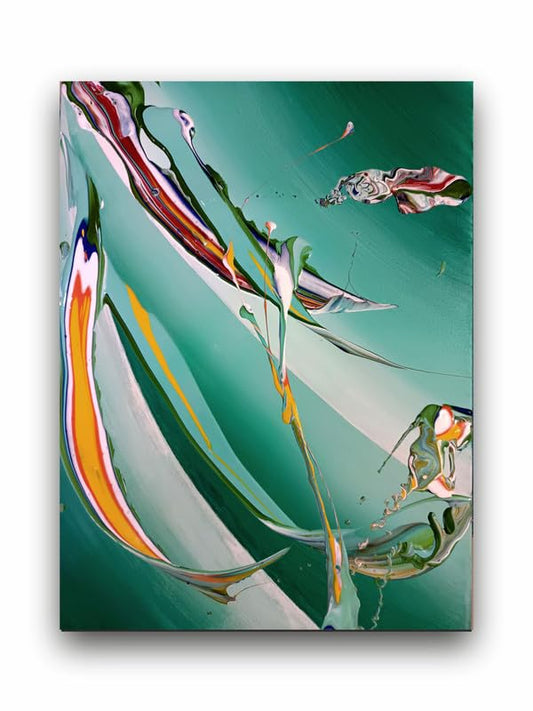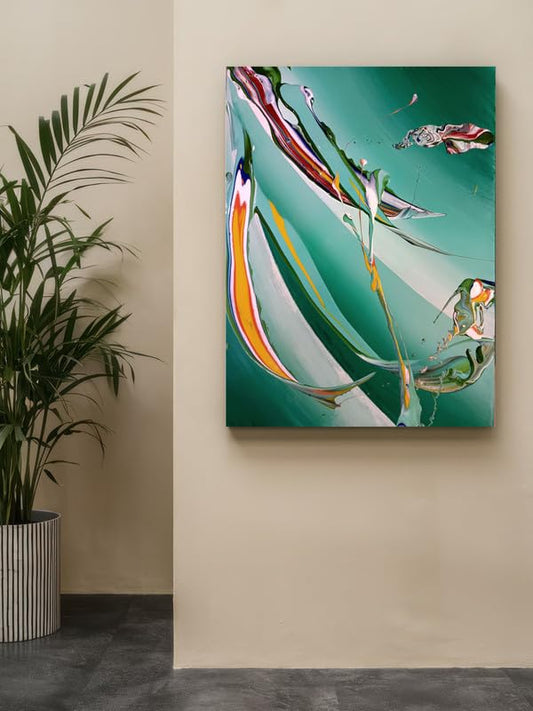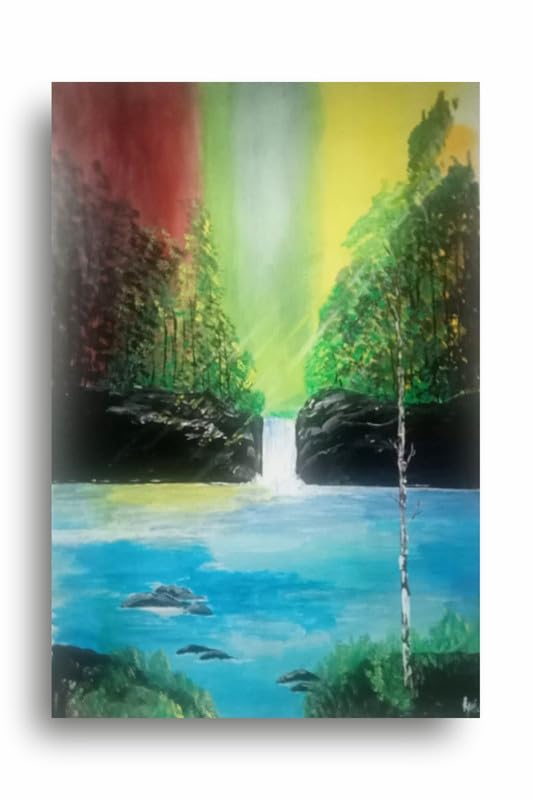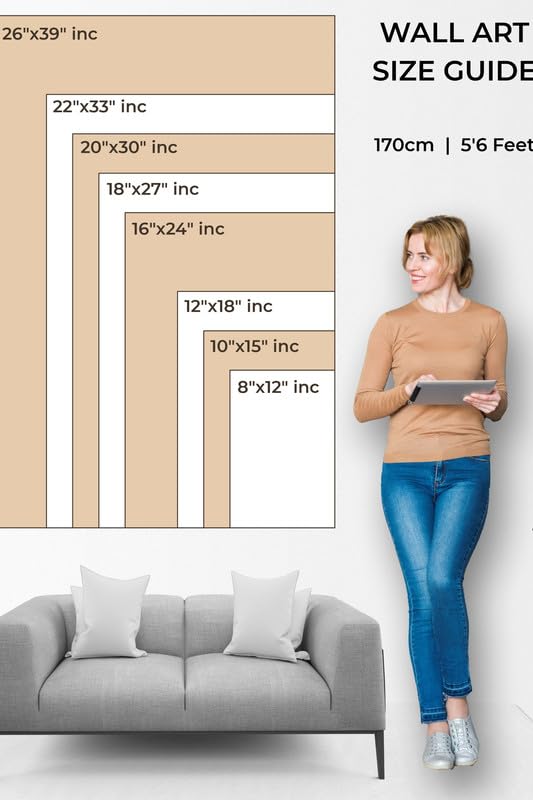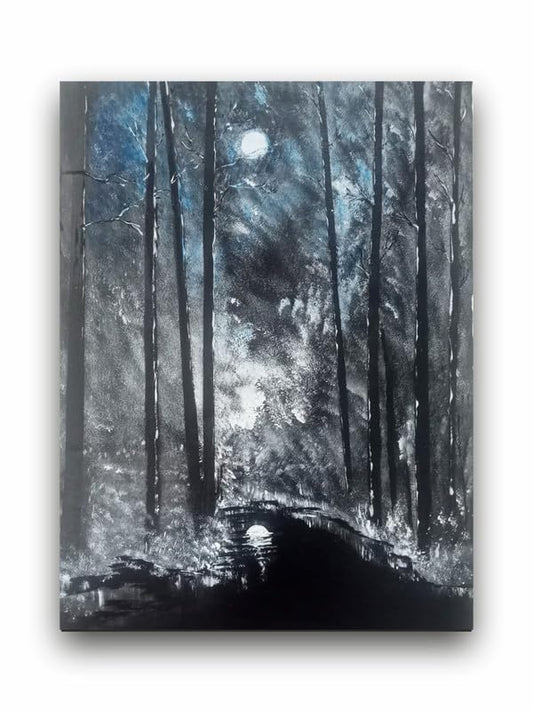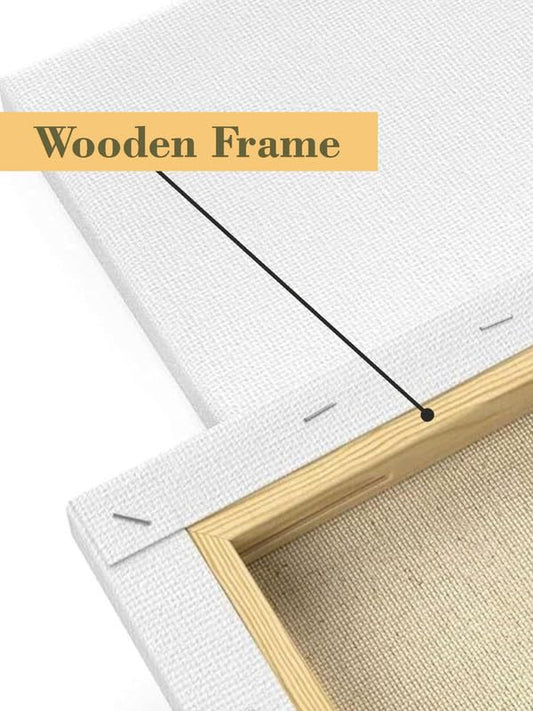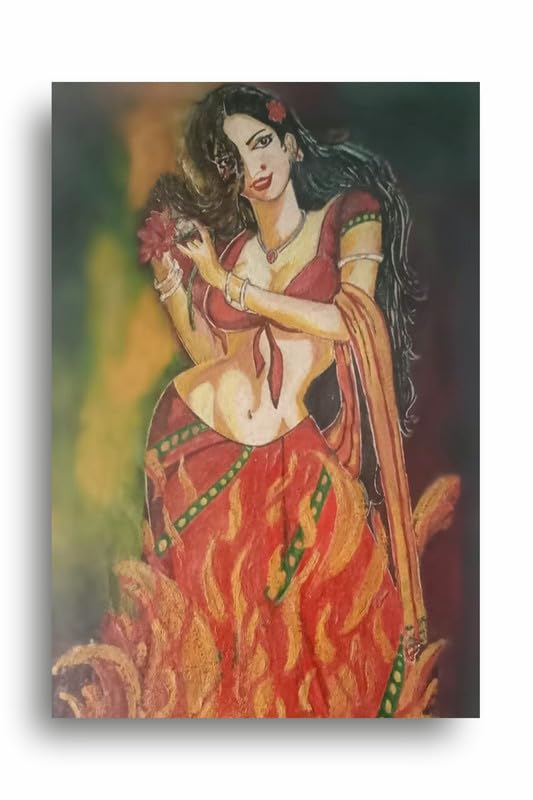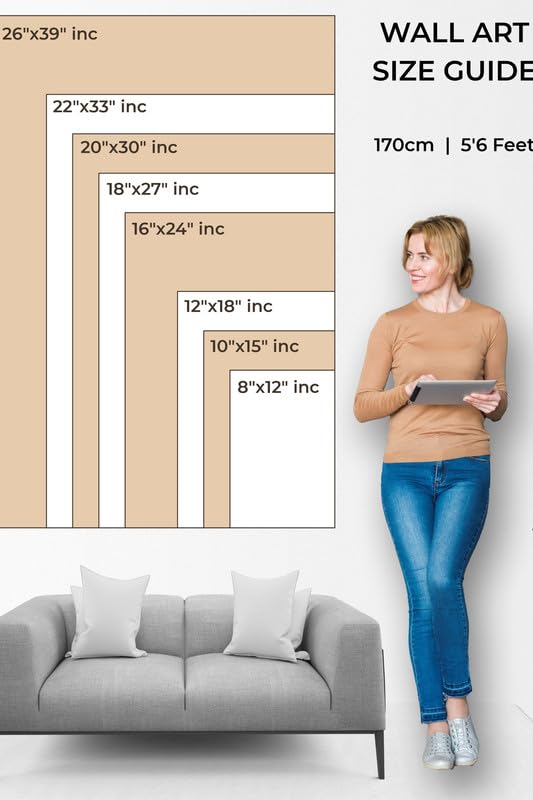How to Create 3D Abstract Art: Adding Dimension to Your Work
Abstract art is such a big playground in terms of creativity where you can experiment with colors, shapes, and even textures without being limited to the rules of traditional representation. That can actually be pretty flat and two-dimensional with abstract work, but adding that third dimension to your work will give it depth, complexity, and maybe a more tactile feel to what you're creating. Whether you paint with acrylics, incorporate mixed media, or use digital elements, 3D abstract art opens doors to so many exciting possibilities. Here's how you can begin to add that dimension to your abstract creations.
1. Establish a solid foundation.
Before you add the 3D elements, you need to start from having a foundation well set for your abstract composition. Select the color palette, forms, and shapes that will represent and symbolize the mood or message that you want to express. The balance and dynamic nature of the foundation will make up how the 3D elements come together with the rest of the design.
2. 3D Techniques Using Layers
Layering is a great way to give dimension. You start with this very flat background and build on that. You could be using paint, textured paste, or even actual fabric and paper to sculpt raised areas out of your canvas. Now when you layer, don't forget to consider depth: some layers are going to surface while others should recede into the background to create an organic three-dimensional effect on the artwork, and parts of it will just "pop."
3. Incorporate Texture Elements
Create really three-dimensional-looking abstract art: Think of using modeling paste, sand, or even small pieces of fabric to give a physical texture to your work. Spread them across your canvas and shape them into ridges, waves, or other patterns that stand out. Or, add the depth by inserting small objects - beads, pieces of wood, metal could make things really interesting with the depth they bring to it.
4. Shading and Shadow Play
Shading is not possible without it, for there's no illusion of depth in your artwork. By using light and dark tones, you can illustrate how light will fall on your art piece. Shadows added behind the raised elements or around curved forms will give a realistic view and sense of immersion to the 3D features. Applying shadows allows the viewer to get a better view of your work's dimensions so that it can be quite visually enhancing.
5. Digital 3D Abstract Art
If you want to do things digitally, abstract three-dimensional art is quite an interesting idea. You can use something like Photoshop or Procreate and create layers giving the illusion of a 3D image. Then use gradient colors and lighting effects and add some shadows for depth. Some programs allow you to actually work in a 3D space, so you might even be able to rotate and manipulate your designs from many different angles.
6. Experiment and Have Fun
Creating 3D abstract art is an experimental process. One should not be afraid to use unconventional materials and tools such as sponge texture or palette knives for scraping. The bottom line is: if you are used to just letting a composition happen and find beauty in its spontaneity, so much the better, and just push it along until the emotional form and concept start to feel right.
In addition to dimension, adding depth to your abstract art can further enhance the quality of the artwork visually as well as emotionally relate with the viewer. Whether you are layering in textures, injecting shadows, or simply working onscreen, 3D abstract art is the lively and invigorating style for taking your creativity further.
How to Create 3D Abstract Art: Adding Dimension to Your Work


